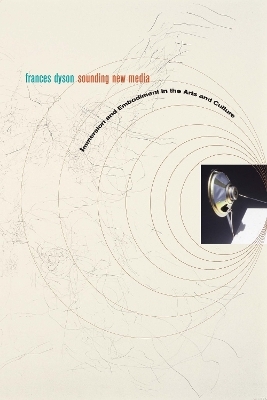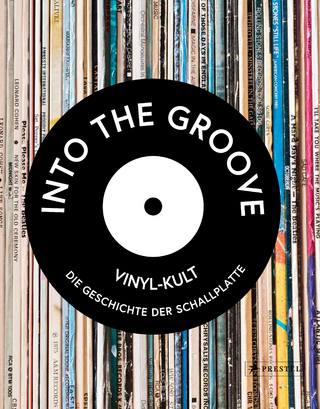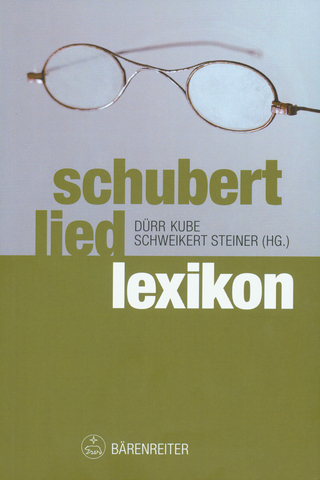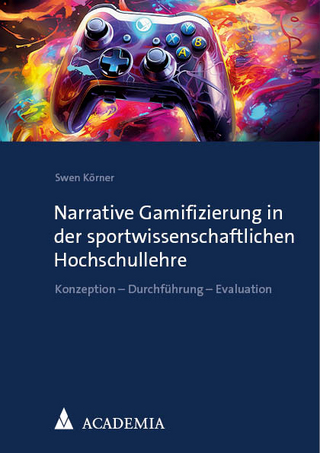
Sounding New Media
Immersion and Embodiment in the Arts and Culture
Seiten
2009
University of California Press (Verlag)
978-0-520-25899-0 (ISBN)
University of California Press (Verlag)
978-0-520-25899-0 (ISBN)
Examines the role of sound and audio in the development of media theory and practice, including technologies and performance art events, with particular emphasis on sound, embodiment, art, and technological interactions. This book takes an historical approach, focusing on technologies that became available in the mid-twentieth century-electronics.
"Sounding New Media" examines the long-neglected role of sound and audio in the development of new media theory and practice, including new technologies and performance art events, with particular emphasis on sound, embodiment, art, and technological interactions. Frances Dyson takes an historical approach, focusing on technologies that became available in the mid-twentieth century-electronics, imaging, and digital and computer processing-and analyzing the work of such artists as John Cage, Edgard Varese, Antonin Artaud, and Char Davies. She utilizes sound's intangibility to study ideas about embodiment (or its lack) in art and technology as well as fears about technology and the so-called 'post-human'. Dyson argues that the concept of 'immersion' has become a path leading away from aesthetic questions about meaning and toward questions about embodiment and the physical. The result is an insightful journey through the new technologies derived from electronics, imaging, and digital and computer processing, toward the creation of an aesthetic and philosophical framework for considering the least material element of an artwork, sound.
"Sounding New Media" examines the long-neglected role of sound and audio in the development of new media theory and practice, including new technologies and performance art events, with particular emphasis on sound, embodiment, art, and technological interactions. Frances Dyson takes an historical approach, focusing on technologies that became available in the mid-twentieth century-electronics, imaging, and digital and computer processing-and analyzing the work of such artists as John Cage, Edgard Varese, Antonin Artaud, and Char Davies. She utilizes sound's intangibility to study ideas about embodiment (or its lack) in art and technology as well as fears about technology and the so-called 'post-human'. Dyson argues that the concept of 'immersion' has become a path leading away from aesthetic questions about meaning and toward questions about embodiment and the physical. The result is an insightful journey through the new technologies derived from electronics, imaging, and digital and computer processing, toward the creation of an aesthetic and philosophical framework for considering the least material element of an artwork, sound.
Frances Dyson is Associate Professor of Technocultural Studies at the University of California, Davis.
Acknowledgments Introduction 1. Ethereal Transmissions The "Tele" of Ph_n_ 2. Celestial Telegraphies 3. Aural Objects, Recording Devices, and the Proximate Apparatus 4. Death, Silence, and the Tape Recorder 5. Immersion 6. Embodying Technology From Sound Effect to Body Effect 7. Atmospheres Conclusion: Music and Noise Notes References Index
| Erscheint lt. Verlag | 11.9.2009 |
|---|---|
| Zusatzinfo | 8 b-w photographs |
| Verlagsort | Berkerley |
| Sprache | englisch |
| Maße | 152 x 229 mm |
| Gewicht | 363 g |
| Themenwelt | Kunst / Musik / Theater ► Musik ► Allgemeines / Lexika |
| Sozialwissenschaften ► Kommunikation / Medien ► Medienwissenschaft | |
| Technik | |
| Schlagworte | Neue Medien |
| ISBN-10 | 0-520-25899-1 / 0520258991 |
| ISBN-13 | 978-0-520-25899-0 / 9780520258990 |
| Zustand | Neuware |
| Haben Sie eine Frage zum Produkt? |
Mehr entdecken
aus dem Bereich
aus dem Bereich
die Geschichte der Schallplatte
Buch | Hardcover (2024)
Prestel (Verlag)
36,00 €
Buch | Softcover (2024)
Nomos (Verlag)
29,00 €


